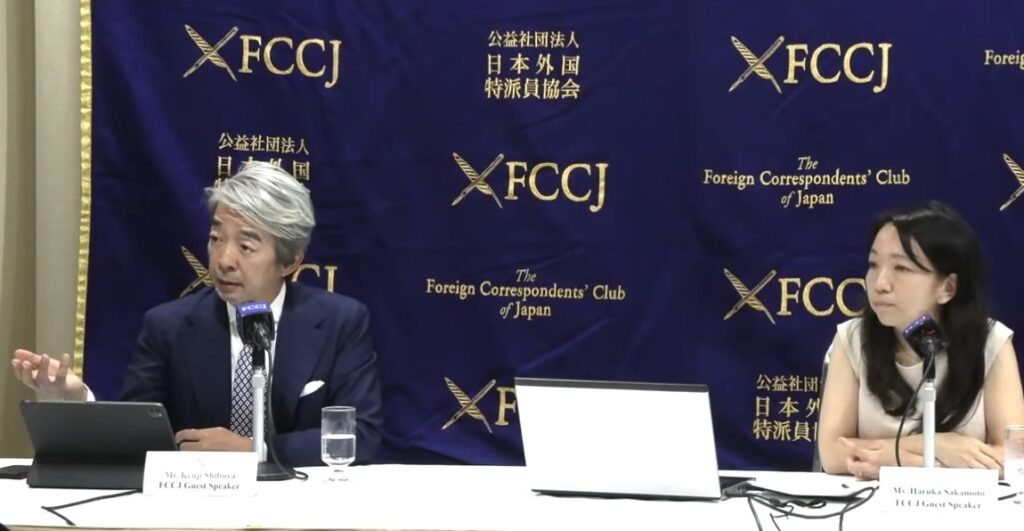
- ARAB NEWS
- 29 Apr 2024

TOKYO: With Japan heading towards, what some see as a demographic crisis, the government is desperately trying to come up with ideas to reverse the country’s low birthrate.
At the beginning of June, Japan’s government said it plans to set aside 3.5 trillion yen for new childcare measures. Prime Minister KISHIDA Fumio said the government will double such spending over the next three years as it tries to arrest the country’s dwindling birthrate.
Births in Japan plunged to a record low in 2022, official estimates show, dropping below 800,000 for the first time, eight years earlier than the government had expected.
Despite Kishida’s intervention, the government has been heavily criticized for its slow reaction to a problem that has been evident for decades and failing to address the economic and other needs of parents and those planning to have children.
At a press conference at the Foreign Correspondents’ Club of Japan on Wednesday, SAKAMOTO Haruka, a senior fellow at the Tokyo Foundation for Policy Research, emphasized the importance of tackling the issue based on data-driven information rather than assumed social factors.
“In order to implement truly meaningful intervention, it is really important to clarify the causes of the declining birthrate and address the underlying issues,” said Sakamoto, whose team has been researching the problem for the last five years.
Japan’s birthrate of 1.26 births per woman is among the lowest in the world and Japan’s population could drop from 125 million to 88 million by 2065 if the trend continues. Sakamoto said the decline in births was not due to changing values or new forms of entertainment or the education of women.
“The largest factor in the declining birthrate was the increase in the number of unmarried people,” she stated. In 1980, only 2.6 percent of men and 4.5 percent of women aged 50 were unmarried.
By 2015, those figures had risen to 23.4 percent and 14 percent, respectively. This becomes significant as most children born in Japan are to married couples.
At child-bearing age, the figures are even more stark. By 2015, 51 percent of males and 41 percent of females aged 18-39 were unmarried and not in a relationship.
The cause, Sakamoto explained, was almost exclusively economic, with 70 percent of people earning less than 3 million yen per year proclaiming themselves single and not interested in a relationship.